I have recently experienced one thing deeply. In our lives, we often talk about “the eyes are not seen as net”. It is a self-deception. Even if you don’t look at it, the dusty bacteria parasites still live well around you.
Recognizing the cause of this, it is necessary to evaluate the Mijia Wireless Detachment, for which I have consulted With less relevant information, I found that most of the articles were vague about the description of the “de-sucking” effect of the sputum, so I decided to buy a microscope.
Because there are clear observation objects, my purchase requirements are very simple: 1. The microscope magnification is low, as long as you can see the mites; 2. You can easily capture the observed images; Try not to spend too much time comparing the next slides, coverslips, stains, tweezers and other laboratory supplies; 4, the price should not be too high, it is very likely to be idle after observation.
According to the above conditions, two products entered the shortlist, which are the student’s home optical microscope, and the TipScope mobile microscope.
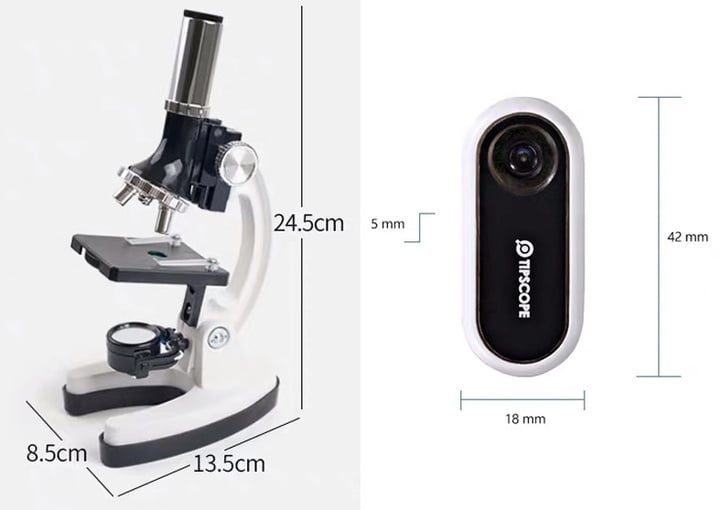
▲ Student’s home optical microscope and TipScope comparison
The prices of the two are not much different, they are all at 150+ yuan. The student’s home optical microscope is more professional, and is equipped with test tubes, incubators, petri dishes and other supplies; TipScope seems to be just a small and easy to carry.
Having said that, I ended up buying TipScope. When you finish reading this articleThe article will probably do the same choice with me.
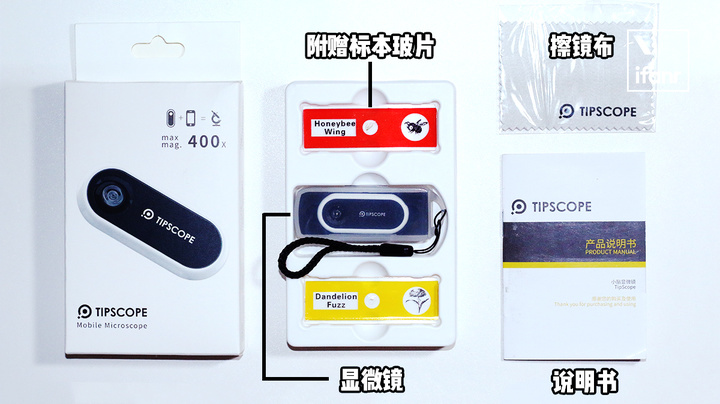
When you get the box, the big feeling is “light”. The microscope with the plastic protective case inside the box is lighter than the manual, not to mention the TipScope body in the case.
This small patch is said to be only 3g, as thin as 5mm.
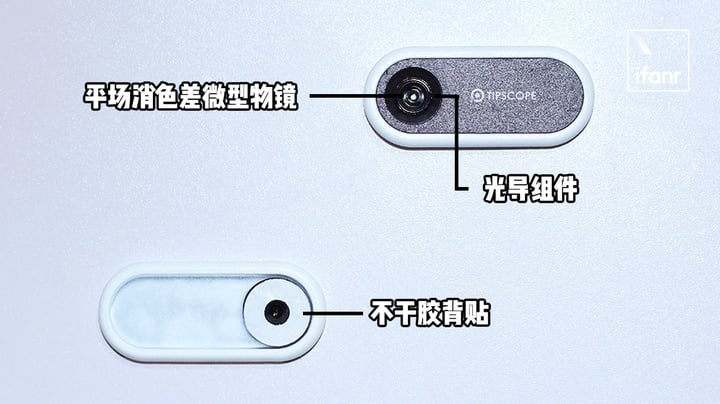
Remove the TipScope and observe the front side. The black outer casing of the PC material encloses the core part of the lens, which consists of a light guide assembly and an objective lens. According to official data, this small flat field achromatic micro objective, has 2μm optical resolution, about 20 to 400 times magnification, 5mm field diameter.
This magnification is a far cry from the 1200x imaging of a student’s home optical microscope. However, the size of the paramecium is 180-280 μm, the aphid is 100-500 μm, and the sperm is 50-60 μm. As long as it is not subtle to observe the bacterial morphology, TipScope is sufficient for most microcosm curious people.
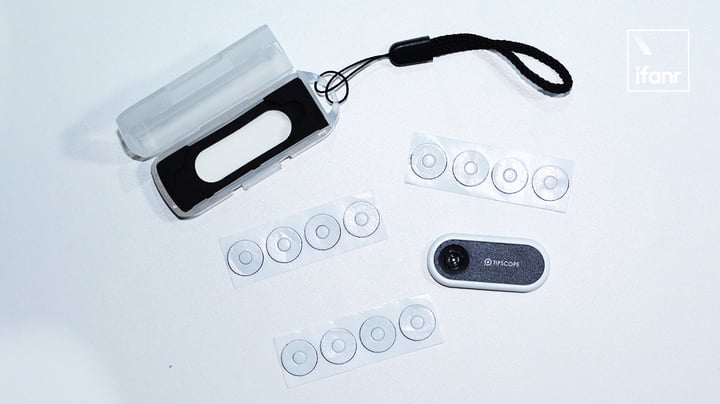
There is a lack of a conventional microscope eyepiece, mirror, fine focus spiral, etc. The TipScope of only one objective lens is thin and weak. In fact, with the mobile phone radiator, stimulate the battlefield to eat chicken handsLike the handle, TipScope is also a device external to the phone.
It works very simply, by sticking the sticker on the back to the camera of the phone, illuminating with the flash, and observing and adjusting the magnification with the relevant app.
If you have ever used a fisheye lens and experienced the universal clip shape, you can clearly compare the benefits of the fit shape. Compared with the clip type, it is not easy to cause the phone to fall off the paint, and it is not affected by the camera position. Because of this, the TipScope patch is suitable for almost all models.
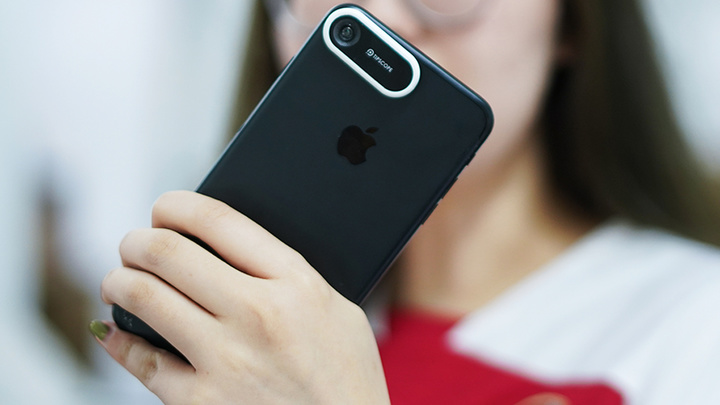
The appearance is finished, don’t rush to get started, you have to download the app with the same name of TipScope before the experience.
Tear open the sticker on the back of the TipScope and keep your back up. Open the “camera” mode in the app, make sure the microscope head is always at the center of the screen, and slowly move the phone down to get a gradually bright and clear micro world. And the external lens that has been completed with the phone.
